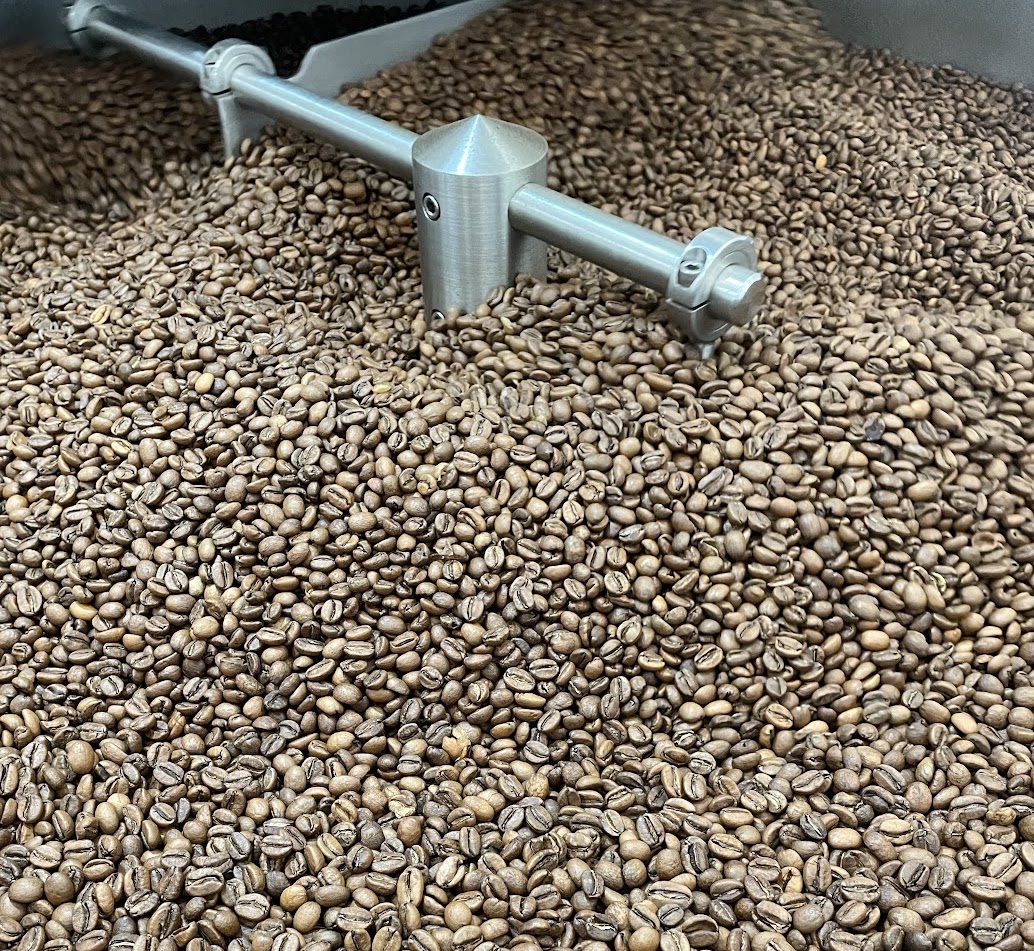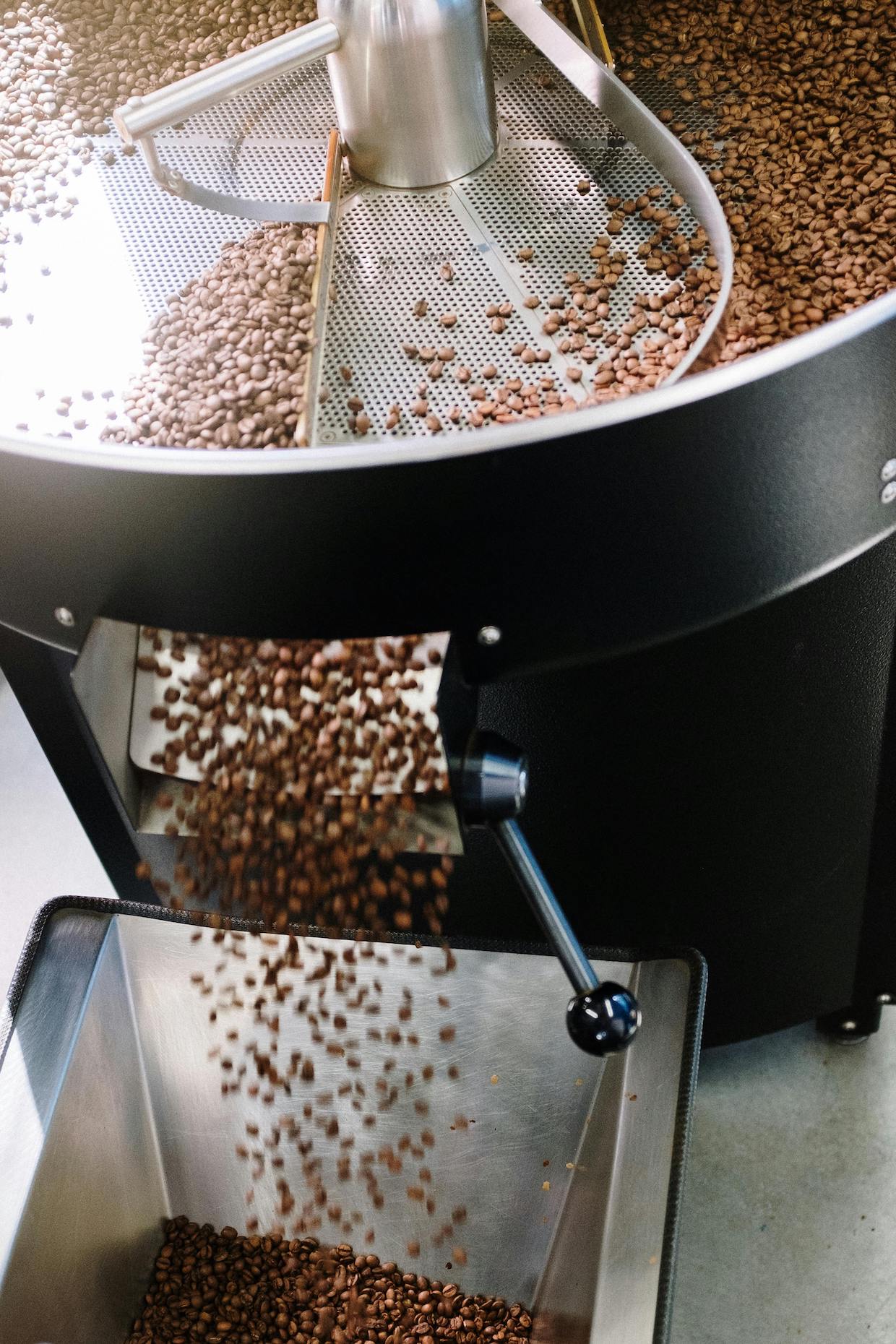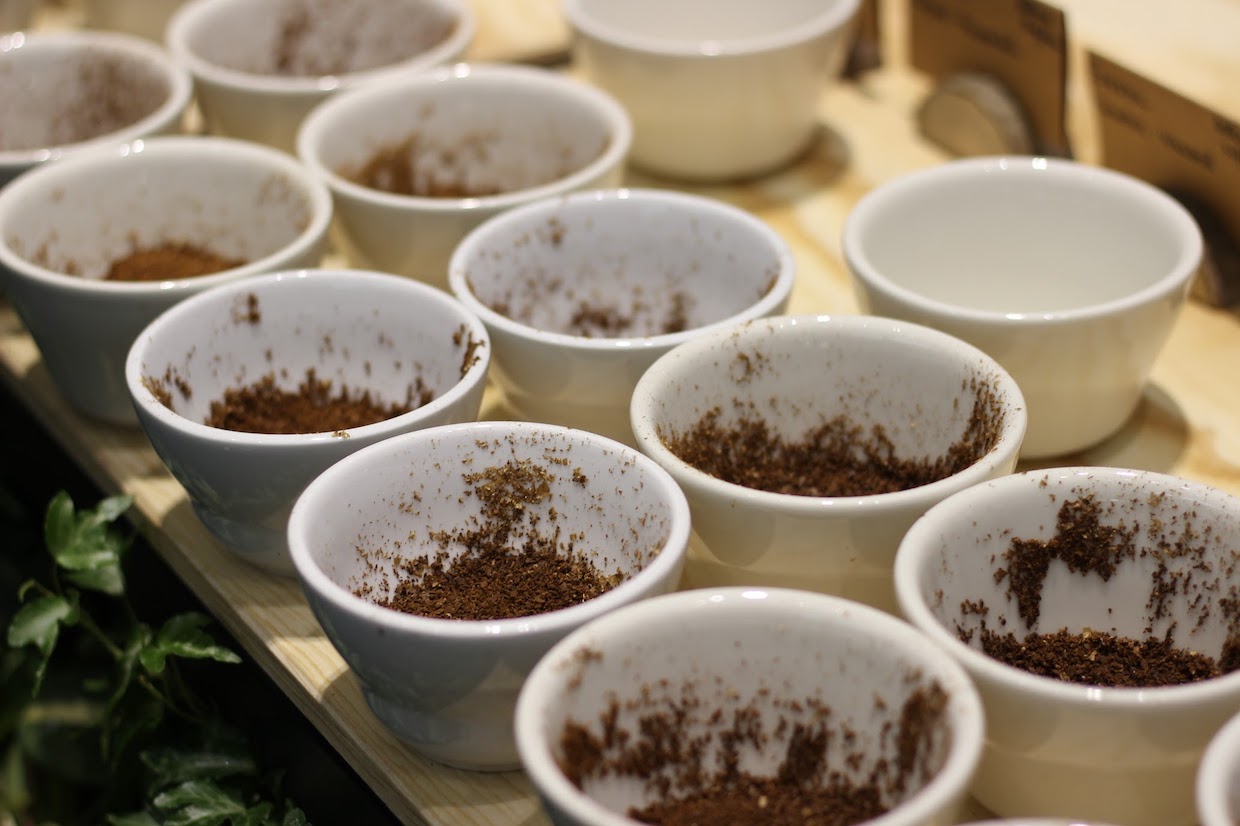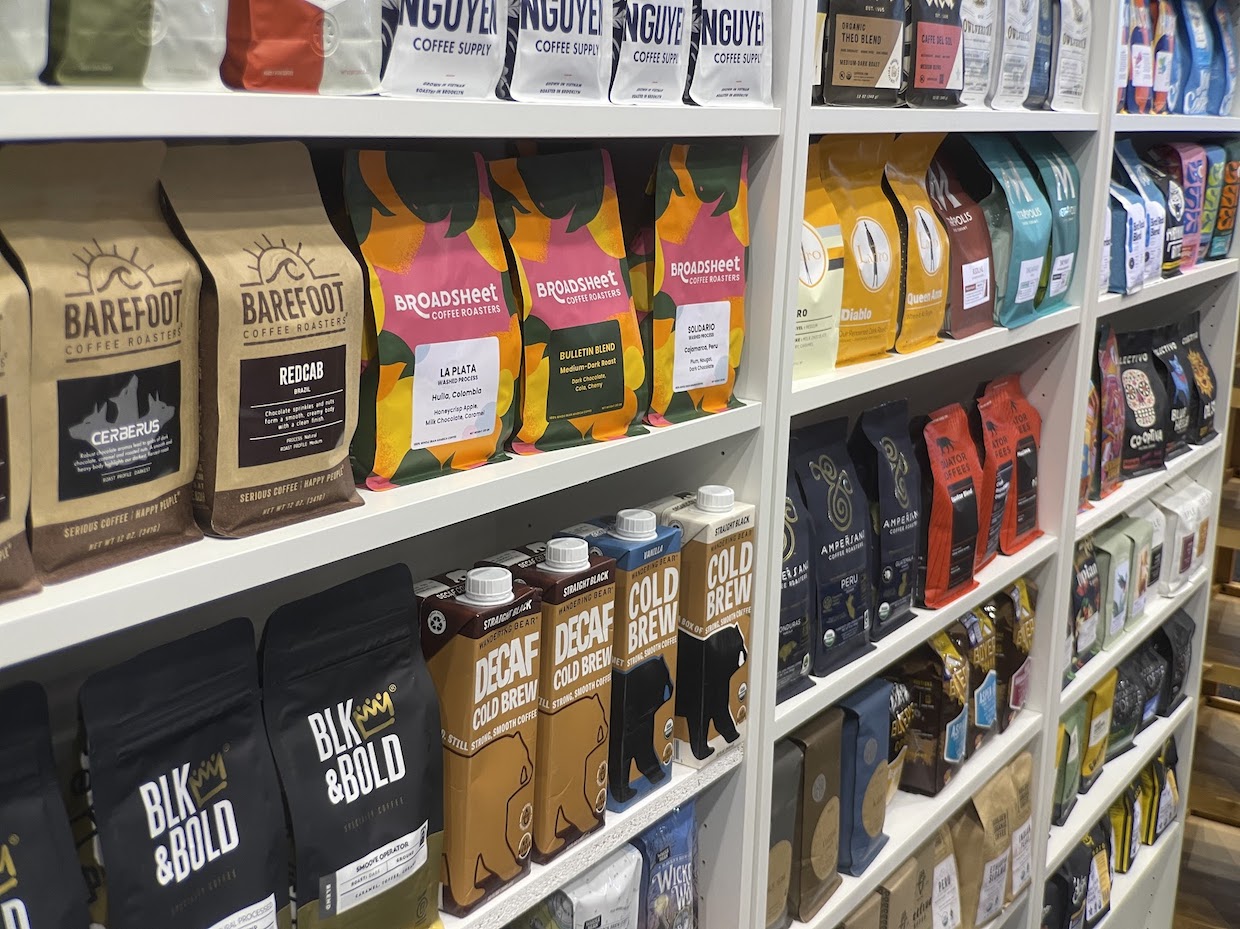Coffee prices are, by most accounts, really high right now.
The ICE arabica futures (a.k.a. the “C price”) eclipsed US$4 per pound earlier this month, continuing a generally upward trajectory that started in late 2023. The $4 mark has served as an important psychological marker within the coffee industry, much like the $1 mark did back in 2018, when the C price was at crisis-level lows.
While volatility continues to define the coffee market, a key difference between now and then is that most analysts and traders are not expecting a major pendulum swing. In other words, even if coffee prices retreat some in the coming months, experts predict they will remain at historically high levels, relatively speaking.
This market reality — which is being felt by actors throughout the supply chain — is forcing many coffee roasters to raise prices, which is in turn forcing some difficult, but perhaps overdue, conversations with wholesale clients and consumers. The conversations are taking place among roasters large and small. The specialty coffee industry — where pricing for higher-quality coffees tends to be less tethered to the volatile commodities market — is not immune.
“We’re kind of at an inflection point right now,” Carl Walker, president of Texas-based coffee importer Walker Coffee Trading, recently told Daily Coffee News. “Coming up to this market move, there were a lot of roasters just getting started. I think it’s still a pretty vibrant end of the industry, but folks are going to have to be more cautious.”
If/When Should Roasters Raise Prices
The consensus appears to be, “not if, but when,” and the most common answer seems to be, “probably yesterday.”
Kat Nolte Ferguson, the managing director of Seattle-based green coffee trader Sustainable Harvest, noted that all coffee businesses need to understand their cost structure, the value they add for the end consumer, and what the market — i.e. the end consumer in this case — will be willing to bear.
“You need to hit all three nails on the head to have a sustainable business,” Nolte Ferguson said. “When any of those three nails are bent out of shape, you need to adjust. We’ve seen unprecedented increases in the benchmark price for arabica coffee, so it’s time for most roasters to increase prices to stay healthy.”
Bob Fulmer, the CEO of Bay Area green coffee trading company Royal Coffee, said that coffee roasters should be raising their prices “immediately, if not sooner.”
“By how much? Enough to make a fair profit in which to run your business,” Fulmer said in a statement shared with DCN. “At some point, there will be a terrific market downturn. When this happens, we can all reward our loyal customers with lower prices. I look forward to this opportunity. But for now, we have to hang in there and do our best to ride this out.”
Walker Coffee Trading’s Walker said that his company is “definitely recommending to our customers that they need to be raising their prices,” given the extended market upswing, the increased costs to carry inventory and the stretched inventories of exporters and other traders.
“There’s a lot less coffee around — and I’m talking more about the higher-end or specialty coffees that are less liquid,” said Walker. “We definitely tell folks it’s going to behoove them to ‘price it as they take it.'”
Adapt and Advance
“Take care of the health of your business and adapt,” said Sustainable Harvest’s Nolte Ferguson. “This is a challenging time for many coffee businesses on both the supplier and consumer sides since the high market is exhausting the amount of finance in the industry as a whole. But this is where we are.”
In practical terms for roasters, a large part of adapting to the current market is determining not only whether to raise prices, but by how much.
Should roasters follow the “price it as you buy it” strategy, the roasting software and consultancy company RoasterTools just launched a free wholesale pricing calculator.
Royal Coffee’s Fulmer suggested that for whole bean roasted coffee, a $2 to $4 per-pound markup should cover the increased costs of green coffee “if you haven’t changed your prices in the last year or so.”
Continued Fulmer, “While the green coffee price is indeed a shock, and the expense of other inputs can be expected to rise — whether due to inflation, tariffs, logistics, or other factors — ultimately a relatively small increase in the price to your customers should cover your bases and be relatively painless to implement.”
Nolte Ferguson offered pointed advice for those higher-end specialty coffee roasters who were typically paying $1.50 to $3 over the C price when that price was “insanely low,” at $1-$1.50, a few years ago.
Like Fulmer, Nolte Ferguson pointed to added costs being experienced by producers that are not likely to diminish anytime soon.
“In order to adjust specialty differentials relative to the benchmark, high-end roasters need to understand the cost they are asking producers of high-end coffee to incur with all the weight loss in extra sorting and drying that specialty production requires,” Nolte Ferguson said. “And they need to understand if the cost addition is worth it to their final clientele. I don’t pretend to know the answer to that question, but the new ‘commercial’ highs will certainly test the limits of ‘specialty’ pricing. Regardless of the roaster type, the costs have changed rapidly, and it should follow that so must prices.”
Comments? Questions? News to share? Contact DCN’s editors here. For all the latest coffee industry news, subscribe to the DCN newsletter.
Nick Brown
Nick Brown is the editor of Daily Coffee News by Roast Magazine.










Comment